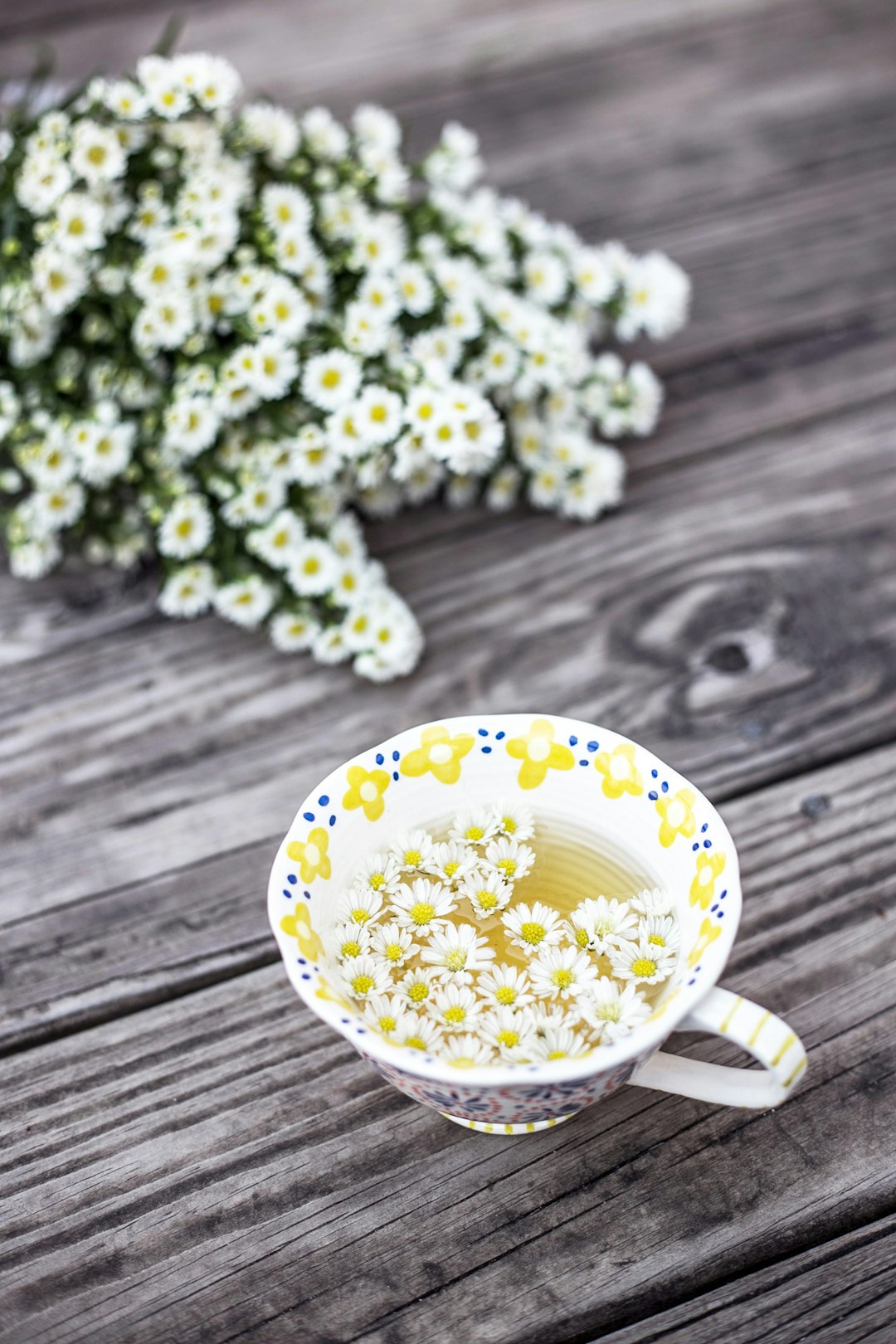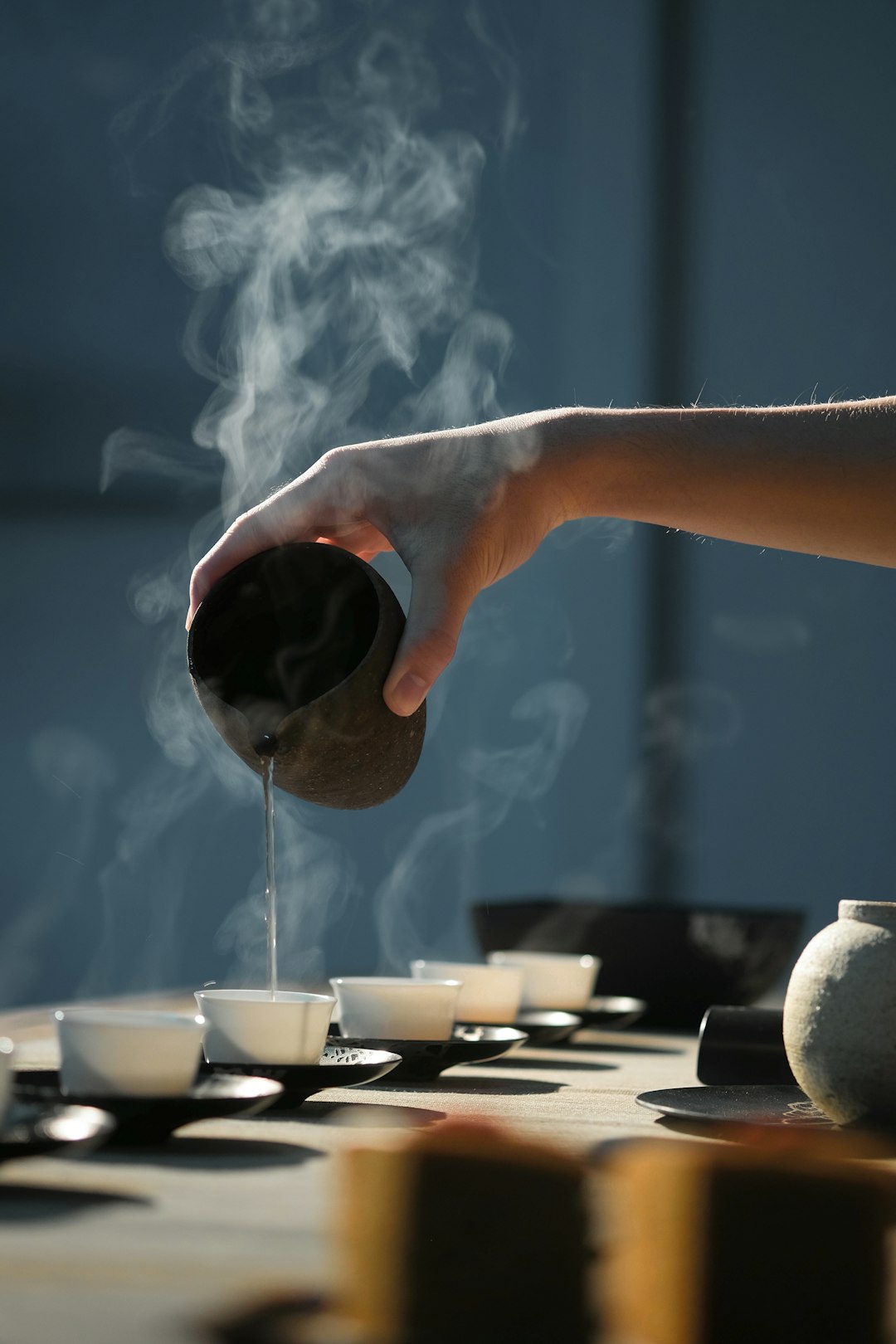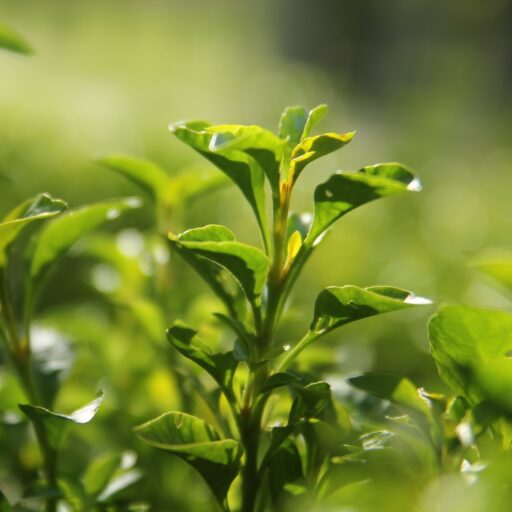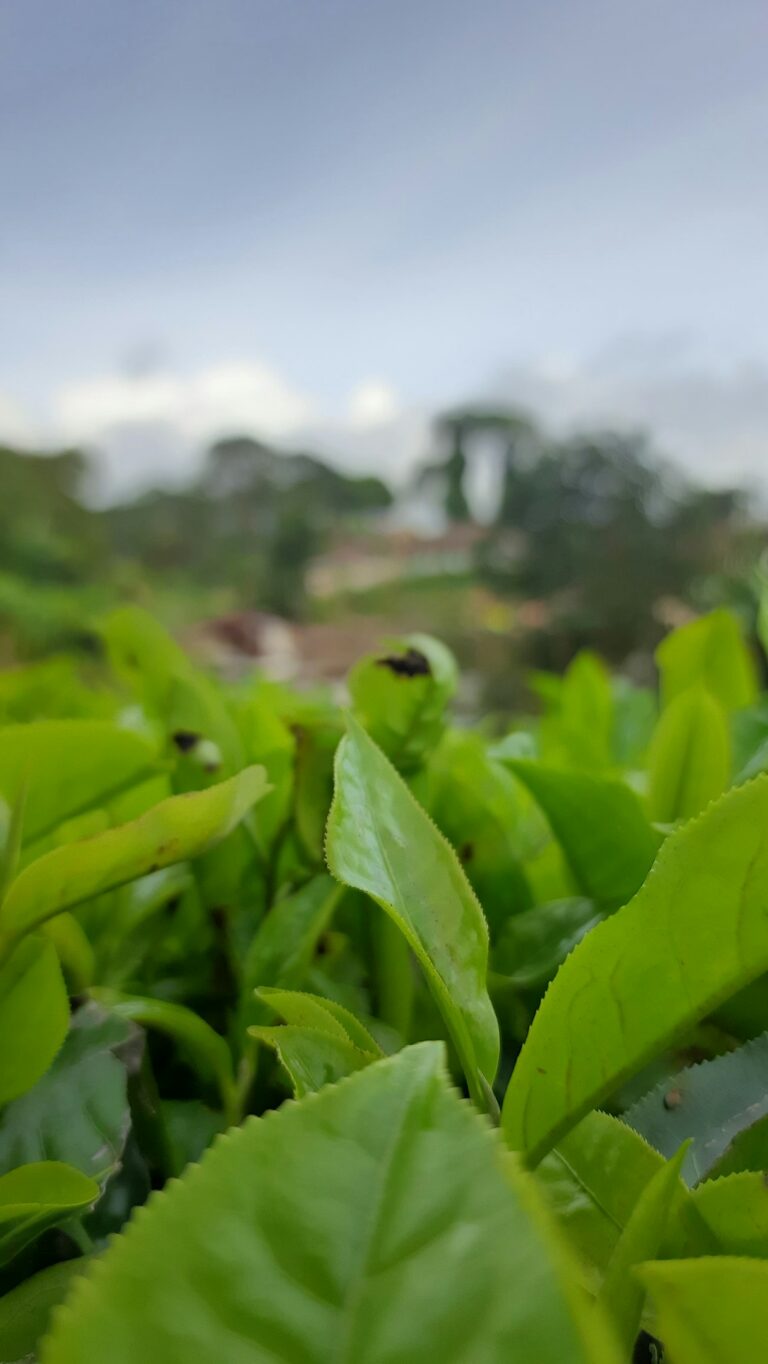Support our educational content for free when you purchase through links on our site. Learn more
Can You Really Grow Tea Plants in the US? Discover 10 Essential Tips for Success! 🌱

Have you ever dreamed of sipping a cup of tea made from leaves you’ve grown yourself? Well, you’re in luck! In this comprehensive guide, we’ll explore the fascinating world of tea cultivation right here in the United States. You might be surprised to learn that tea plants can thrive in various climates across the country, from the sunny shores of California to the lush landscapes of the South. 🌞 But before you rush out to plant your own tea bush, there are some essential tips and tricks you need to know to ensure your tea-growing adventure is a success!
Did you know that tea plants can take three years to mature before you can harvest their leaves? This patience is just one of the many factors we’ll cover in this article, along with everything from soil requirements to watering needs. So, grab your gardening gloves, and let’s dive into the world of tea cultivation!
Key Takeaways
- Tea plants can be grown in USDA zones 7-9, making them suitable for many regions in the U.S.
- They require well-draining, acidic soil and consistent moisture for optimal growth.
- It takes at least three years for tea plants to mature and produce harvestable leaves.
- Proper care and attention are crucial for thriving tea plants, including regular watering and pruning.
- You can buy tea plants from reputable nurseries like Camellia Forest Nursery or Camellia Shop.
Ready to embark on your tea-growing journey? Check out our shop for all the supplies you need to get started! 🌿
Table of Contents
- Quick Tips and Facts
- The Fascinating History of Tea Cultivation in the U.S.
- Can You Grow Tea Plants in Your Backyard?
- Essential Steps to Planting Your Own Tea Bush
- Soil Requirements for Thriving Tea Plants
- Optimal Spacing: How Far Apart Should Tea Plants Be?
- Sunshine and Shade: How Much Light Do Tea Plants Need?
- Patience is Key: How Long Does a Tea Plant Take to Grow?
- Watering Wisely: How Much Water Do Tea Plants Need?
- The Beauty of Tea Flowers: What Are They Used For?
- Where to Buy Your Own Tea Plant
- From Leaf to Brew: How to Process Your Tea Leaves
- Growing Tea: Tips from Our Young Mountain Tea Tales
- Leave a Comment: Share Your Tea Growing Journey!
- Let’s Connect: Join Our Tea Community
- Shop and Explore: Discover Our Tea Products
- Info: Learn More About Growing Teas™
- Conclusion
- Recommended Links
- FAQ
- Reference Links
Quick Tips and Facts
To get started with growing your own tea, check out our article Is Tea Easy to Grow? Discover 10 Essential Tips for Success! 🌱. Here are some key points to consider:
- Tea plants prefer well-draining acidic soil with a pH between 4.5 and 6.
- They require at least 60 inches of water per year, but make sure the soil isn’t waterlogged.
- Tea plants can be grown in USDA zones 7-9, but can be grown in containers in cooler zones.
- It takes at least 3 years for a tea plant to mature and be ready for harvesting.
Benefits of Growing Your Own Tea
Growing your own tea can be a fun and rewarding experience. Not only will you have access to fresh, high-quality tea leaves, but you’ll also be able to experiment with different brewing methods and create your own unique tea blends. Plus, tea plants are beautiful and low-maintenance, making them a great addition to any garden.
The Fascinating History of Tea Cultivation in the U.S.

Tea cultivation in the United States has a rich and fascinating history. According to Wikipedia, tea plants were first introduced to the US in the 1700s, but it wasn’t until the 1800s that commercial tea production began. Today, tea is grown in many parts of the country, including Hawaii, Mississippi, Alabama, and Michigan.
Early Tea Plantations
One of the earliest tea plantations in the US was the Charleston Tea Plantation in South Carolina. Established in the 1960s, this plantation is still in operation today and produces a variety of tea blends. You can learn more about the Charleston Tea Plantation on their official website.
Can You Grow Tea Plants in Your Backyard?
Yes, you can grow tea plants in your backyard! According to Tea for Me Please, tea plants can be grown in USDA zones 7-9, but can be grown in containers in cooler zones. They prefer well-draining acidic soil and at least 60 inches of water per year.
Choosing the Right Tea Plant
When selecting a tea plant for your backyard, consider the climate and soil conditions in your area. Some tea plants are more tolerant of cold temperatures or dry soil than others. You can purchase tea plants from a reputable nursery or online retailer, such as Camellia Forest Nursery or Camellia Shop.
Essential Steps to Planting Your Own Tea Bush
Planting a tea bush is a relatively straightforward process. Here are the essential steps:
- Choose a location with well-draining acidic soil and at least 60 inches of water per year.
- Prepare the soil by adding organic matter such as compost or manure.
- Plant the tea bush in the spring or fall, when the weather is cooler.
- Water regularly and provide adequate nutrients.
Caring for Your Tea Bush
To keep your tea bush healthy and thriving, make sure to:
- Water regularly, but avoid overwatering.
- Fertilize with a balanced fertilizer in the spring and summer.
- Prune your tea bush regularly to promote healthy growth and prevent disease.
Soil Requirements for Thriving Tea Plants
Tea plants prefer well-draining acidic soil with a pH between 4.5 and 6. According to Young Mountain Tea, tea plants can be grown in a variety of soil types, but they require adequate drainage to prevent root rot.
Improving Soil Quality
If your soil is heavy clay or sandy, you can improve its quality by adding organic matter such as compost or manure. This will help to increase the soil’s water-holding capacity and reduce erosion.
Optimal Spacing: How Far Apart Should Tea Plants Be?
The optimal spacing for tea plants depends on the variety and growth habit of the plant. According to Young Mountain Tea, tea plants can be spaced 1.5 to 3 feet apart for hedge plantings, or 5 feet apart for individual plants.
Planting Tea Plants in Containers
If you don’t have enough space to plant a tea garden, you can still grow tea plants in containers. Make sure to choose a container that is at least 12 inches deep and has good drainage holes.
Sunshine and Shade: How Much Light Do Tea Plants Need?
Tea plants prefer full sun to partial shade, depending on the variety. According to Tea for Me Please, tea plants can tolerate some shade, but they require at least 4 hours of direct sunlight per day.
Providing Shade for Tea Plants
If you live in a hot and sunny climate, you may need to provide shade for your tea plants during the hottest part of the day. You can use shade cloth or umbrellas to filter the sun’s rays and prevent scorching.
Patience is Key: How Long Does a Tea Plant Take to Grow?
Tea plants can take several years to mature, depending on the variety and growing conditions. According to Young Mountain Tea, tea plants can take at least 3 years to produce harvestable leaves.
Factors Affecting Tea Plant Growth
Several factors can affect the growth and development of tea plants, including:
- Climate and weather
- Soil quality and fertility
- Water availability and quality
- Pest and disease management
Watering Wisely: How Much Water Do Tea Plants Need?
Tea plants require at least 60 inches of water per year, but they can tolerate some drought. According to Tea for Me Please, tea plants prefer consistent moisture, but they can survive with less water if necessary.
Watering Tea Plants in Containers
If you’re growing tea plants in containers, make sure to water them regularly, but avoid overwatering. You can check the soil moisture by sticking your finger into the soil up to the first knuckle.
The Beauty of Tea Flowers: What Are They Used For?
Tea flowers are small and white, and they can be used to make a delicious and relaxing tea. According to Young Mountain Tea, tea flowers can be harvested and dried to make a unique and flavorful tea.
Using Tea Flowers in Tea Blends
Tea flowers can be used to add flavor and aroma to tea blends. You can combine them with other herbs and spices to create a unique and delicious tea. Check out our article on DIY Tea Blending for more information.
Where to Buy Your Own Tea Plant
You can buy tea plants from a reputable nursery or online retailer, such as Camellia Forest Nursery or Camellia Shop. Make sure to choose a healthy and disease-free plant.
Buying Tea Plants Online
If you’re buying tea plants online, make sure to research the seller and read reviews from other customers. You can also check out our article on Soil and Climate for Tea for more information on growing tea plants.
From Leaf to Brew: How to Process Your Tea Leaves
Processing tea leaves can be a fun and rewarding experience. According to Young Mountain Tea, you can harvest and dry your tea leaves to make a delicious and unique tea.
Tips for Processing Tea Leaves
Here are some tips for processing tea leaves:
- Harvest the leaves at the right time to ensure the best flavor and quality.
- Dry the leaves quickly and thoroughly to prevent spoilage.
- Store the tea in an airtight container to preserve the flavor and aroma.
Growing Tea: Tips from Our Young Mountain Tea Tales
Growing tea can be a fun and rewarding experience, but it requires patience and dedication. According to Young Mountain Tea, tea plants can be grown in a variety of climates and soils, but they require consistent care and attention.
Our Favorite Tea Varieties
We love growing and drinking Assam tea, Darjeeling tea, and Green tea. Each variety has its own unique flavor and aroma, and they can be blended and combined to create a unique and delicious tea.
Leave a Comment: Share Your Tea Growing Journey!
We’d love to hear about your tea growing journey! Share your tips and experiences with us, and we’ll do our best to help and support you. Check out our article on Green Tea Cultivation for more information on growing green tea.
Let’s Connect: Join Our Tea Community
Join our tea community to connect with other tea enthusiasts, share your knowledge and experience, and learn from others. We’d love to have you join us! Check out our article on Herbal Tea Planting for more information on growing herbal tea.
Shop and Explore: Discover Our Tea Products
We offer a wide range of tea products, from loose-leaf tea to tea accessories. Check out our online store to discover our unique and delicious tea blends. You can also check out our article on Health Benefits of Tea for more information on the health benefits of tea.
Info: Learn More About Growing Teas
At Growing Teas, we’re passionate about tea and dedicated to helping you grow and enjoy your own tea. Check out our website to learn more about tea cultivation, tea processing, and tea brewing. You can also check out our article on Soil and Climate for Tea for more information on growing tea plants.
Conclusion

Growing your own tea plants in the U.S. is not just a delightful hobby; it’s a rewarding journey that connects you with nature and the rich history of tea cultivation. From understanding the optimal soil conditions to ensuring your plants receive the right amount of sunlight and water, each step is crucial for success.
Positives of growing tea plants include:
- Fresh, homegrown tea that you can customize to your taste.
- A beautiful addition to your garden that can thrive for decades with proper care.
- The opportunity to experiment with different tea varieties and blends.
Negatives might include:
- The patience required as tea plants take several years to mature.
- The need for specific growing conditions, which may not be available in all regions.
Overall, if you’re ready to embrace the challenge and enjoy the fruits of your labor, we confidently recommend starting your tea-growing adventure! 🌱
Recommended Links
- 👉 Shop Tea Plants:
- Books:
FAQ

What are the best tea plant varieties for growing in the US?
Camellia sinensis
The primary variety for tea production is Camellia sinensis, which has two main cultivars: Sinensis (for green and white teas) and Assamica (for black teas). Both can thrive in various U.S. climates, but Sinensis is generally more cold-tolerant.
Read more about “Is Tea Easy to Grow? Discover 10 Essential Tips for Success! 🍃”
Can tea plants be grown indoors in the US?
Indoor Growth
While it’s possible to grow tea plants indoors, they thrive best outdoors. If you choose to grow them inside, ensure they receive adequate sunlight (at least 4 hours of direct light) and maintain humidity levels to mimic their natural environment.
Read more about “Is It Difficult to Grow Tea? Discover 10 Essential Tips for Success! 🌱”
What climate zones are suitable for growing tea plants in the US?
USDA Zones
Tea plants prefer USDA zones 7-9. However, with the right care, they can be grown in containers in cooler zones. Areas with mild winters and warm summers are ideal for optimal growth.
Read more about “Can I Grow My Own Tea Plants? 10 Essential Tips for Success in 2024! 🌱”
How do I care for tea plants in the US to produce high-quality tea leaves?
Care Tips
To produce high-quality tea leaves:
- Ensure well-draining, acidic soil.
- Water consistently, aiming for 60 inches per year.
- Prune regularly to encourage bushy growth and prevent disease.
Read more about “Why is Tea Hard to Grow? 10 Surprising Challenges Unveiled! 🌱”
What are the most common challenges when growing tea plants in the US?
Common Challenges
Common challenges include:
- Pest management, as tea plants can attract aphids and spider mites.
- Soil quality, which must be maintained to prevent root rot.
- Weather fluctuations, which can affect growth and yield.
Read more about “Discover 15 Exceptional American Grown Tea Brands You Need to Try in 2024! ☕✨”
Can I grow tea plants in containers in the US, or do they require a garden bed?
Container Growing
Yes, tea plants can be successfully grown in containers. Ensure the container is at least 12 inches deep with good drainage. This allows for flexibility in location and protection from harsh weather.
What are the ideal soil and watering conditions for growing tea plants in the US?
Soil and Watering
Tea plants thrive in well-draining, acidic soil with a pH of 4.5 to 6. They require consistent moisture, ideally around 60 inches of water per year, but be cautious of overwatering, which can lead to root rot.




